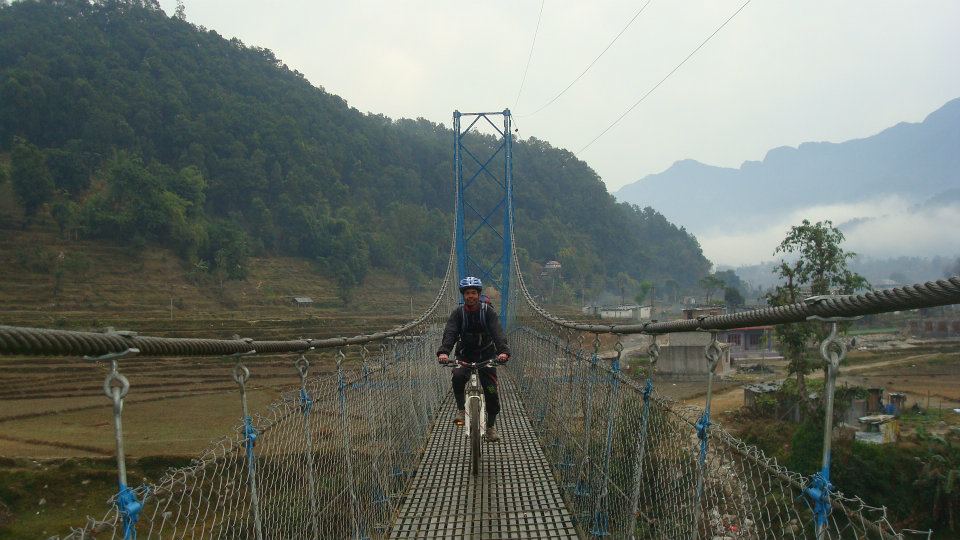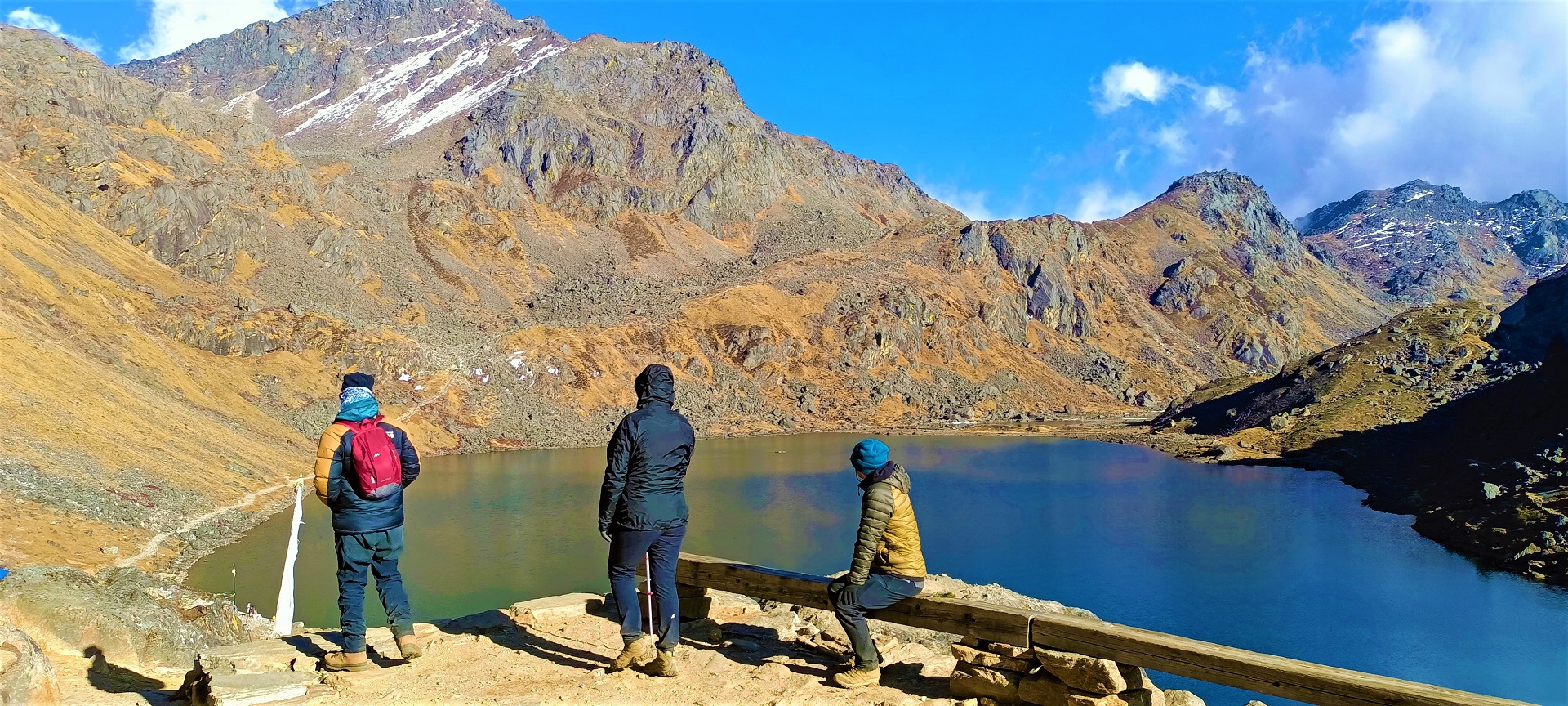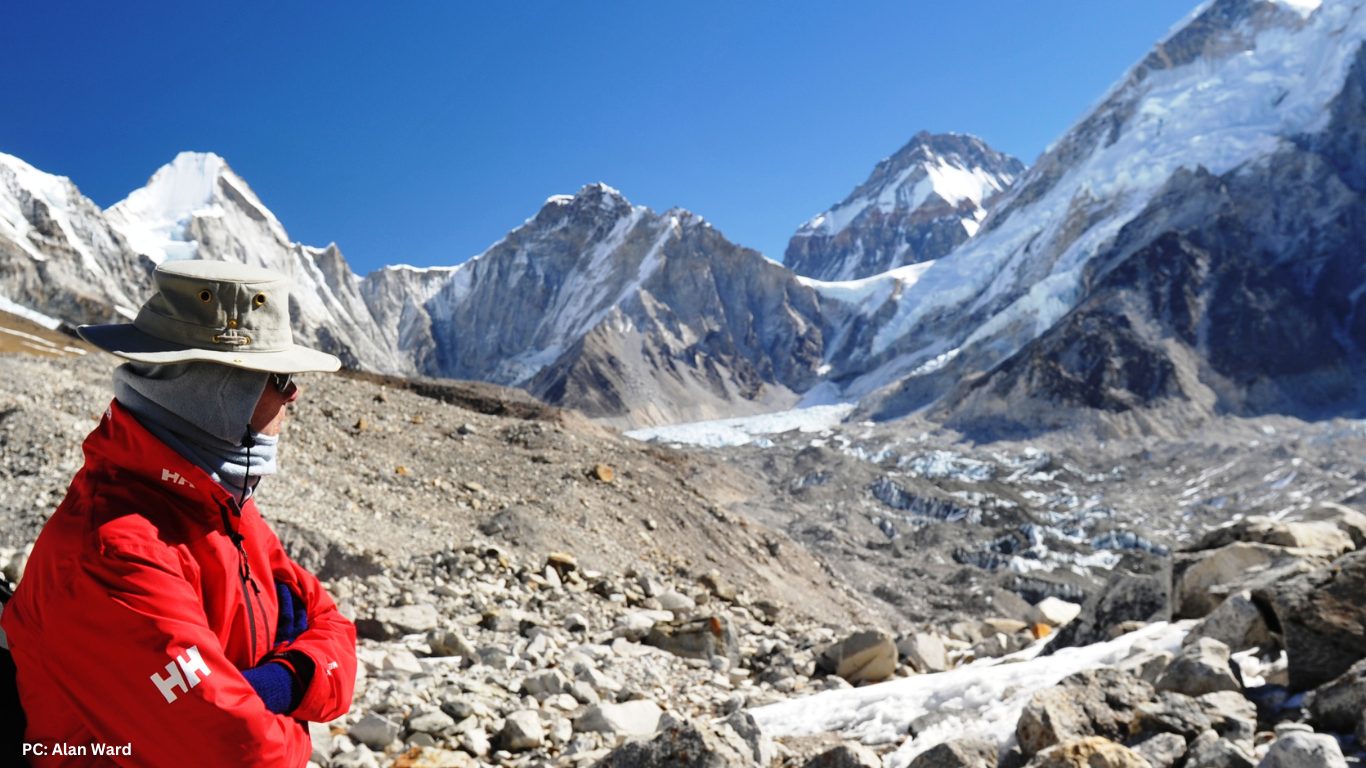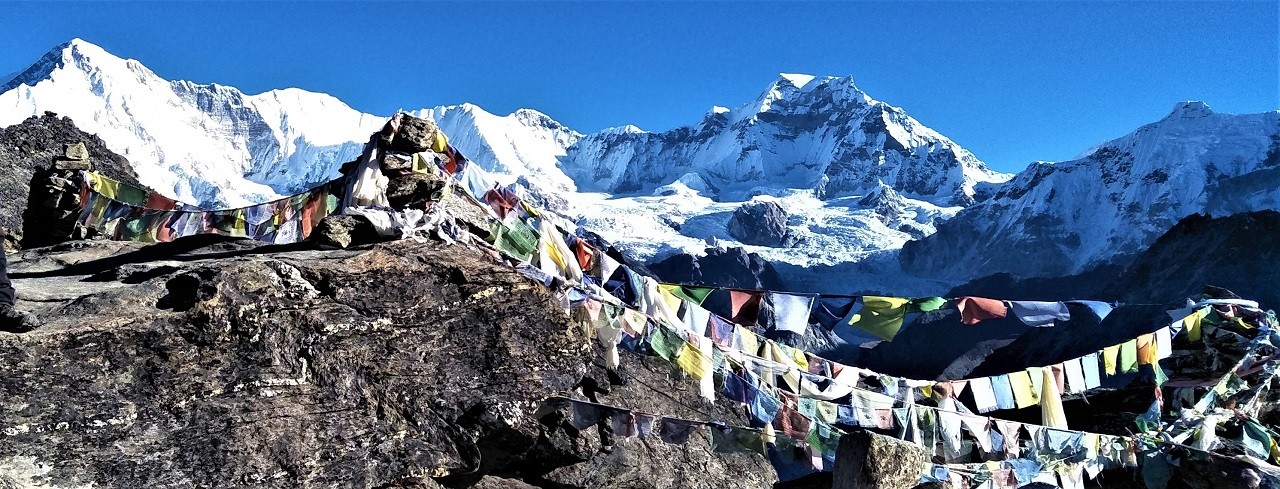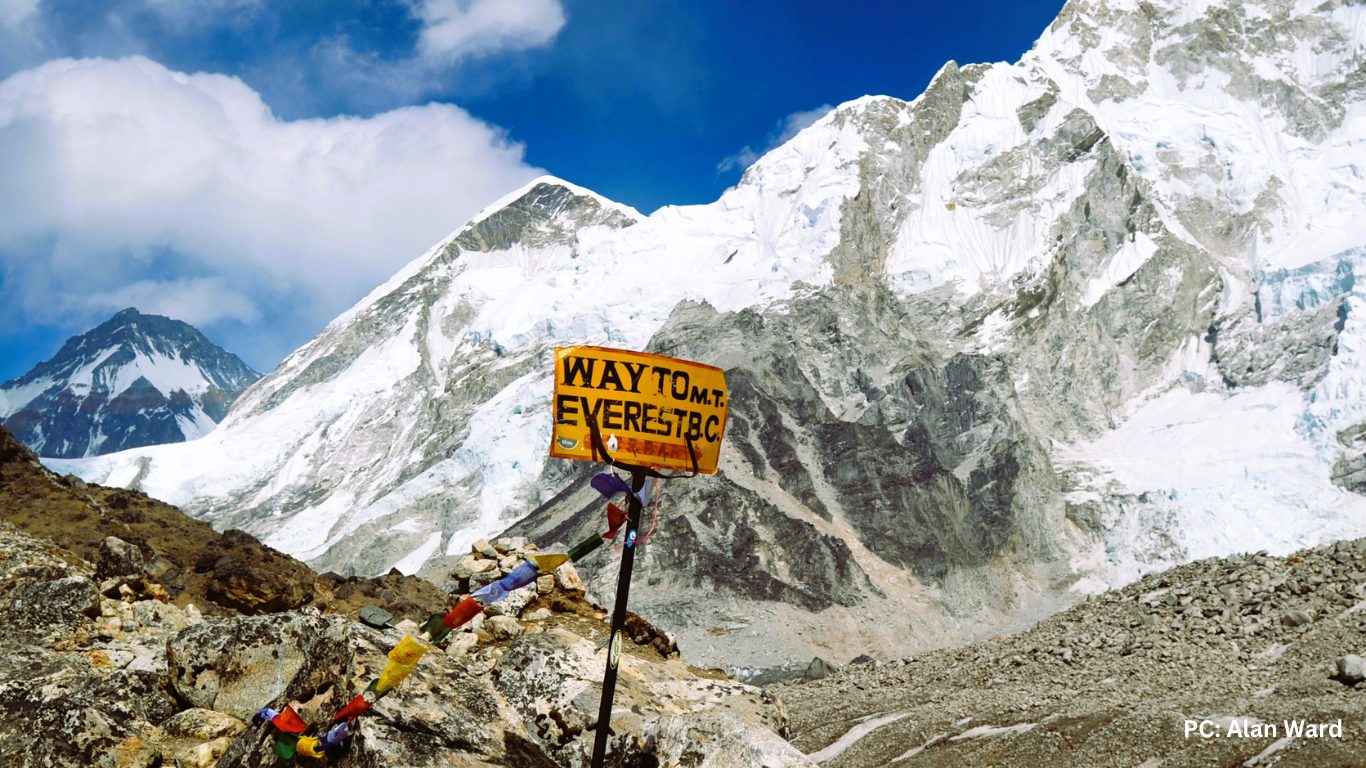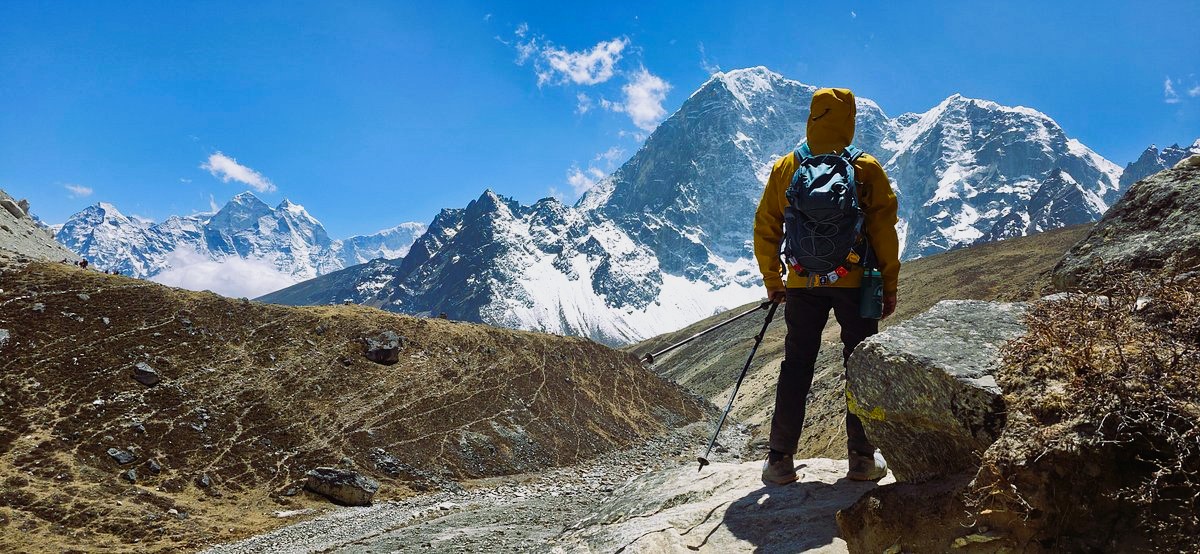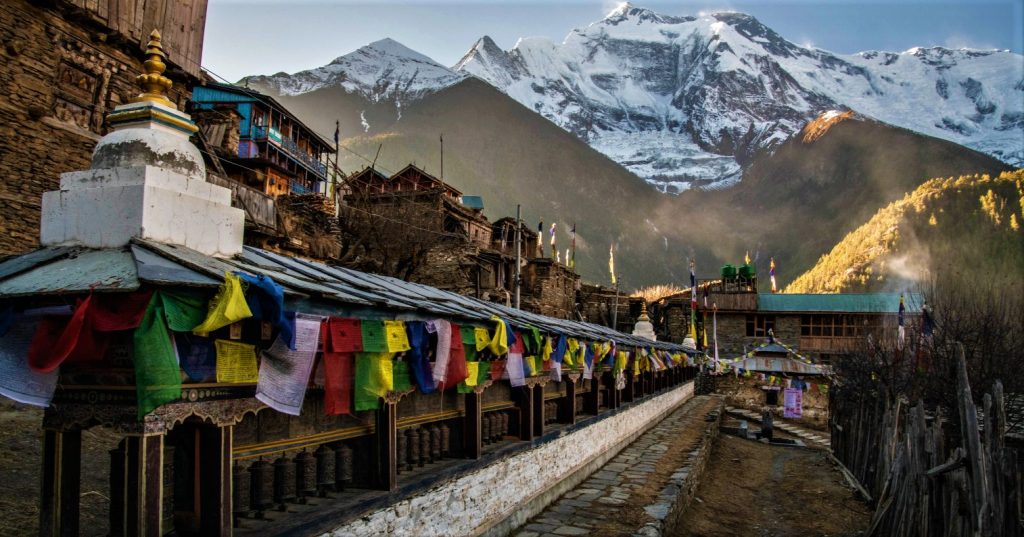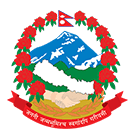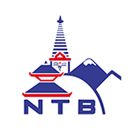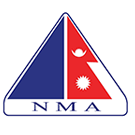The Langtang & Laurebina Pass Trek is renowned for its diverse landscapes and rich cultural encounters, making it a top choice for trekking enthusiasts visiting Nepal. This scenic Himalayan trail takes you deep into the heart of Langtang valley, leads you to the sacred Gosainkunda Lake, and challenges you with the dramatic ascent over Laurebina La Pass (4,600 m) before descending into the peaceful Helambu region. Praised by legendary explorer Bill Tilman as one of the world’s most breathtaking journeys, Langtang & Laurebina Pass Trek blends natural beauty, spiritual significance, and rich cultural experiences.
Located just north of Kathmandu and near the Tibetan border, Langtang offers stunning landscapes and vibrant indigenous culture. You will trek through lush rhododendron forests, open yak pastures, and authentic Tamang villages, gaining insight into the mountain communities’ daily lives and traditions.
The route begins inside Langtang National Park, home to rare and endangered wildlife like the elusive red panda, Himalayan tahr, and sometimes even the elusive snow leopard. The moss-covered forests here feel truly magical.
At over 4,300 meters, the pristine Gosainkunda Lake shines beneath snowy peaks. Revered by both Hindu and Buddhist pilgrims, the lake’s icy waters are believed to cleanse the soul. Even if you’re not spiritual, the peaceful atmosphere is unforgettable.
Crossing Laurebina La Pass is one of the trek’s most thrilling moments. Surrounded by fluttering prayer flags and panoramic views of Ganesh Himal, Langtang Lirung, and distant Tibetan peaks, it offers a powerful physical and spiritual high point.
Along the trek, enjoy spectacular views of Himalayan giants like Dorje Lakpa, Langtang Lirung, and Ganesh Himal ; especially striking during sunrise and sunset when the mountains glow in golden light.
You will also connect with the Tamang and Sherpa communities, staying in warm, family-run tea houses, tasting local yak cheese, and visiting ancient monasteries like Kyangin Gompa, nestled among glaciers.
Best Time to Do the Langtang & Laurebina Pass Trek
Choosing the right season for your Langtang & Laurebina Pass Trek ensures clear skies, vibrant landscapes, and a memorable adventure.
The best time for the Langtang & Laurebina Pass Trek is autumn (mid-September to November), offering stable weather, excellent visibility, and comfortable temperatures around 20°C during the day. This season is perfect for breathtaking Himalayan views and photography.
Spring (March to May) is also ideal, with blooming rhododendron forests and pleasant temperatures between 18°C and 30°C, making the trails scenic and enjoyable.
Early June remains suitable before the monsoon begins, but from late June to August, heavy rains cause slippery trails and limited visibility; less ideal for trekking.
Winter (December to February) brings peaceful, crisp conditions, though snow may cover higher areas like Gosainkunda Lake and Laurebina Pass. Early December is manageable for well-prepared trekkers ready for the cold.
Langtang & Laurebina Pass Trek Difficulty and Physical Fitness
The Langtang & Laurebina Pass Trek is rated as strenuous trek, making it suitable for trekkers with a good level of physical fitness. The trail includes rugged terrain, steep ascents and descents, and high-altitude sections that can be demanding, especially when crossing Laurebina La Pass (4,600 m).
Proper preparation is essential for Langtang & Laurebina Pass Trek. Engage in cardiovascular training, hiking practice with a loaded backpack, and leg-strengthening exercises at least 6–8 weeks before your trip. If you have any pre-existing health conditions or concerns, consult your doctor about trekking at altitude.
Building endurance and stamina will help you enjoy the journey and safely navigate the stunning Himalayan landscapes — from lush forests and glacial valleys to sacred alpine lakes and snow-capped passes. Preparing for the physical demands of the Langtang & Laurebina Pass Trek ensures a safer and more enjoyable journey.
Why Choose Langtang & Laurebina Pass Trek with Nepal Sanctuary Treks?
At Nepal Sanctuary Treks, we provide a personalized Langtang & Laurebina Pass Trek experience. With over 26 years of expertise in the field, we craft custom Langtang & Laurebina Pass Trek itineraries to suit your pace and preferences. Our experienced guides bring invaluable knowledge, offering insights into the rich local culture while ensuring your safety throughout the journey. They have trekked the Langtang & Laurebina Pass Trek many times and knows the region inside out.
We focus on small group sizes and rigorous safety protocols, providing you with personalized attention and safety. Our long-standing partnerships with trusted suppliers ensure you have carefully selected accommodations and reliable transportation during your Langtang & Laurebina Pass Trek.
As a Travelife Certified company, we are dedicated to promoting sustainable and eco-friendly travel. When you choose our Langtang & Laurebina Pass Trek you support local communities and help minimize environmental impacts, making responsible tourism a key part of your adventure. Your safety, comfort, and unforgettable experience are our top priorities.
Contact us now to start planning your unforgettable Langtang & Laurebina Pass Trek with Nepal Sanctuary Treks.
This is a sample itinerary of the Langtang & Laurebina Pass Trek. We shall customize the program as per your needs and preferences.
Note: below trekking hours, altitudes and distances are approximate, and absolutely for the general idea only.


